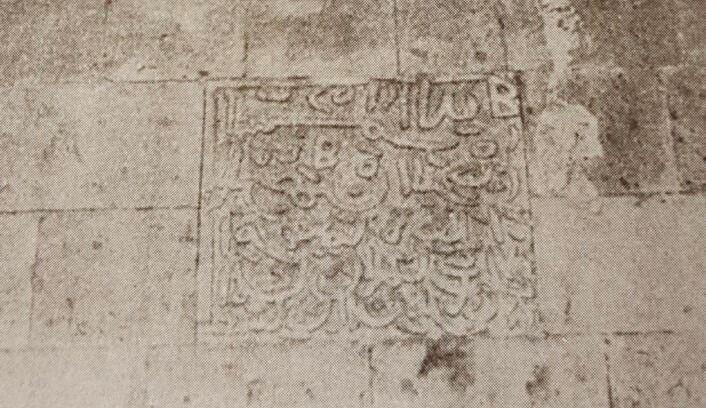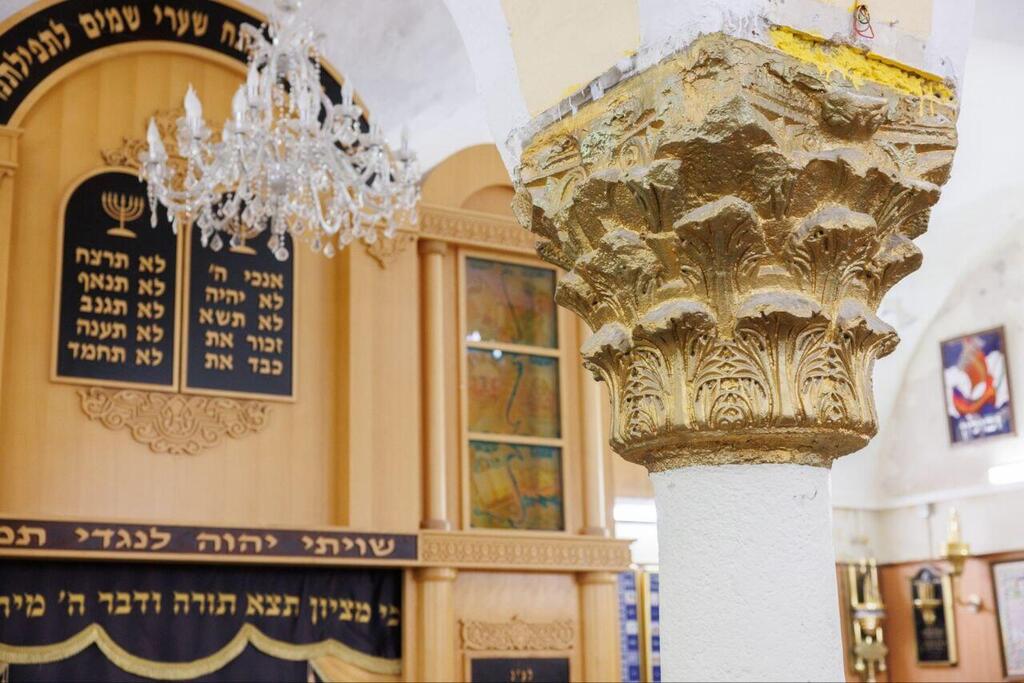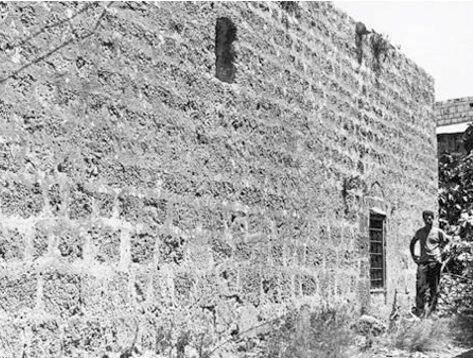The 1500-year-old Em Habanim Synagogue in the northern city of Tirat Carmel was recently declared a heritage site by the Council for Conservation of Heritage Sites in Israel.
The unique ancient structure has quite a fascinating backstory and has extraordinary historical and architectural significance as it also once served as a church and a mosque.
Archaeological excavations in the surrounding area point to a continuous settlement in the area, starting from the Bronze Age all the way to the Byzantine period.
Further historical evidence suggests the existence of a Christian village in the area during the Crusader period, owned by the Order of Saint John and known as the village of Tira, which is also mentioned as a pilgrimage site. In the heart of the medieval settlement once stood an imposing edifice that was used as an administrative center and featured a fortress and a church.
During the Ottoman period, the Muslim village of al-Tira emerged and grew to become one of the largest Muslim settlements in the Haifa area during the 19th century. At the center of al-Tira, stood a mosque that French explorer Victor Guerin documented during his journey to Palestine in 1870.
"I first examined a small mosque, which appears to have been formerly a Christian church," he wrote.
In 1906, Swiss explorer Eberhard Friedrich von Mulinen visited the site and spotted a well-preserved Arabic inscription emblazoned over the building's northern entrance.
The engraving mentioned the year 1579 CE as the year the building was built and used as a mosque. The inscription said: "In the name of Allah the merciful, this blessed place was ordered to be built by Assaf, the sanjak-bey [an Ottoman honorary title] of al-Lajjun in 987" (which is 1579 CE, according to the Hijri calendar).
By the end of Israel's War of Independence in 1949 and the establishment of the State of Israel, most of al-Tira's Arab residents have fled and incoming Jewish immigrants, mostly from Morocco, settled in the abandoned village in their stead and turned the building into Tirat Carmel's main synagogue.
"I thank the Council for Conservation of Heritage Sites for this important recognition of Em Habanim Synagogue," said Tirat Carmel Mayor Aryeh Tal.
3 View gallery


The Arab inscription over En Habanim Synagogue's northern entrance
(Photo: Em Habanim Foundation)
"This is a building of great significance to the historic development of the city, as it became one of its major symbols in the 21 century."
Deputy Mayor David Shachar noted that the synagogue is one of the oldest preserved buildings in the area and has continuously served as a place of worship, both Jewish and Muslim, for some 450 years.
"The building's architecture is very impressive and includes classical ornaments from the Crusader and Roman period, some 1,500 years ago. These elements survived all these centuries mostly undamaged."



